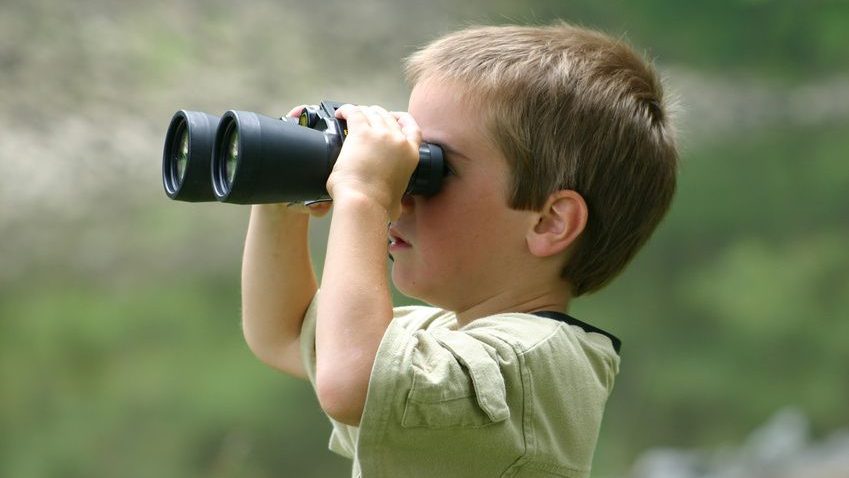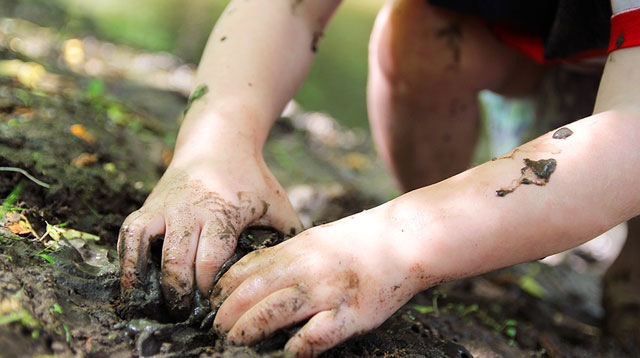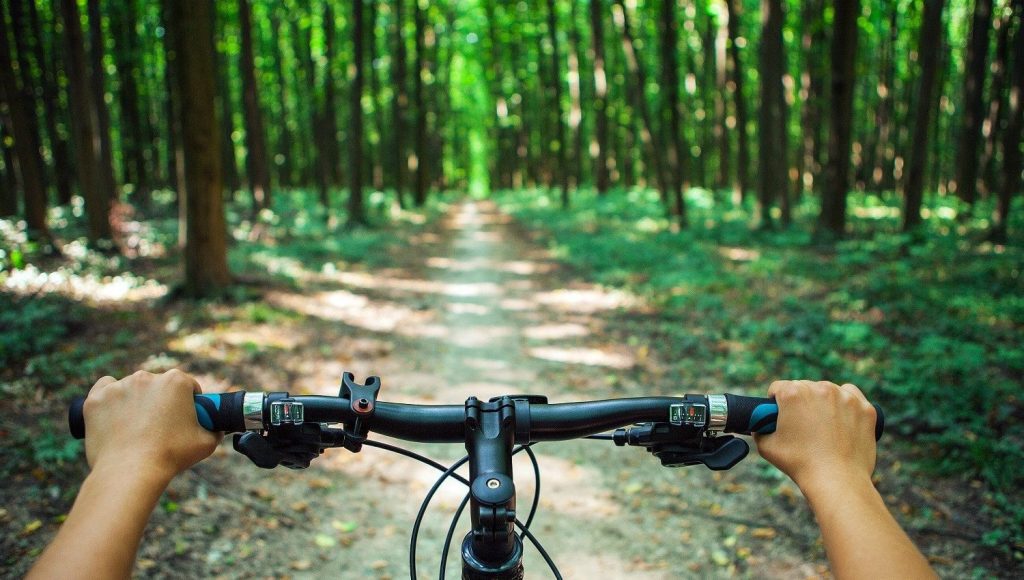Written by: Mollie Ripple, Social Media Coordinator
John Burroughs once said, “I go to nature to be soothed, healed, and have my senses put in order.” Like Burroughs, many of us often feel the therapeutic benefits of engaging our senses in nature. But how can this be understood scientifically?
When our bodies are too aroused or not aroused enough to engage with our environment properly, we call this dysregulation. It can manifest as an angry outburst, impulsivity, crying or feeling overwhelmed, and it impairs our ability to deal with stress, manage our emotions, and focus. The ability to change our level of arousal to engage in our environment effectively is called regulation, and one way to do this is through our senses.
We have seven sensory systems: Sight (vision), Smell (Olfactory), Taste (Gustatory), Hearing (Auditory), Touch (Tactile), Vestibular (Movement), and Proprioception (Body Position). When we tap into these senses, we can increase or decrease our arousal to reach sensory regulation. Even better, we can practice these techniques outdoors and get the added benefits that time in nature provides us.



Here are a few ways we can engage each sensory system through natural materials and activities:
- Sight: Stargazing, Bird Watching, Going on a scavenger hunt in nature to spot various plants and animals
- Smell: Stopping to notice the scent of recent rain, wild berries, lavender, or pine
- Taste: Consuming cold water, herbal tea, or fruit from a tree (that is approved as safe by an adult)
- Hearing: Listening to the birds sing, a running stream, or the rain
- Touch: Playing in the sand or soil, Walking barefoot through the grass, Petting your beloved animal, or Stroking the bark on a tree
- Vestibular: Bicycling, Swinging, Running, or Playing on the playground
- Proprioceptive: “Heavy Work” activities like crawling through the grass, pushing/pulling a wagon, or jumping up and down on a trampoline
A study published by Chang & Chang in 2010 states, “many parents and teachers said that their children and students [were] more stable after doing [these] kind[s] of activit[ies].” So, the next time you or your child feel dysregulated, try getting outdoors and engaging your sensory systems to be soothed and healed in a way only nature can.
Chang, Y. Y., & Chang, C. Y. (2010). The benefits of outdoor activities for children with autism.
Unpublished manuscript, Department of Horticulture, National Taiwan University, Taipei, ROC.
